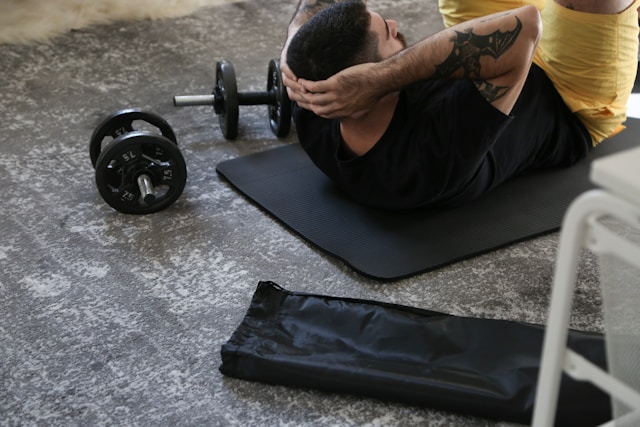Building a home gym can be a cost-effective and convenient way to maintain your fitness routine without the recurring expenses and time commitments associated with a commercial gym. However, creating a functional and versatile gym at home doesn’t have to break the bank. With thoughtful planning and strategic purchasing, you can build a home gym on a budget that meets your fitness goals.
1. Assess Your Fitness Goals and Space
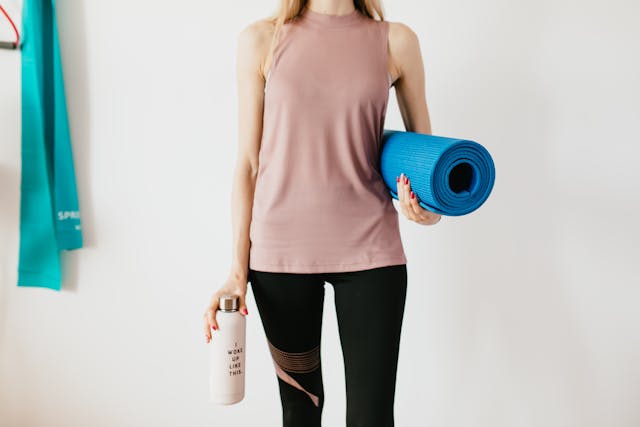
Identify Your Fitness Goals: Before you start purchasing equipment, it’s important to identify your fitness goals. Are you focused on strength training, cardio, flexibility, or a combination of these? Understanding your goals will help you prioritize the types of equipment you need.
Evaluate Your Space: Determine where in your home you can set up your gym. Whether it’s a spare room, garage, basement, or even a corner of your living room, the space you have will influence the type and amount of equipment you can accommodate. Measure the area to ensure that the equipment you plan to purchase will fit comfortably without making the space feel cramped.
2. Prioritize Essential Equipment
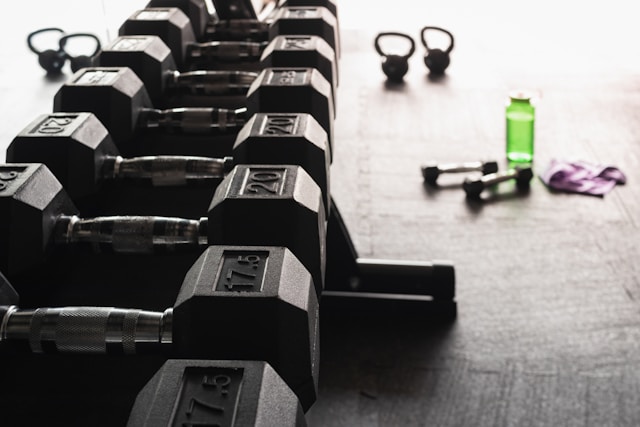
You don’t need a lot of equipment to get a full-body workout. Start with the essentials that can provide versatility and effectiveness across multiple exercises.
Dumbbells: Dumbbells are one of the most versatile pieces of equipment you can own. They’re suitable for a wide range of exercises, from strength training to functional movements. Adjustable dumbbells are a great option if you’re looking to save space and money, as they allow you to change the weight without needing multiple sets.
Resistance Bands: Resistance bands are an affordable and portable alternative to weights. They can be used for strength training, stretching, and rehabilitation exercises. Bands come in various resistance levels, making them suitable for beginners and advanced users alike.
Kettlebells: Kettlebells are excellent for dynamic movements like swings, snatches, and cleans. They provide a combination of strength and cardio benefits, making them a valuable addition to your home gym. Start with a moderate weight kettlebell that you can use for multiple exercises.
Jump Rope: A jump rope is an inexpensive and effective tool for cardio workouts. It’s compact, portable, and provides a high-intensity workout that improves cardiovascular health, coordination, and agility.
Exercise Mat: An exercise mat is essential for floor exercises, stretching, and yoga. It provides cushioning and support, protecting your joints and making your workouts more comfortable.
Stability Ball: A stability ball is versatile and can be used for core workouts, strength training, and flexibility exercises. It’s also an affordable addition that doesn’t take up much space.
3. Consider Multi-Functional Equipment
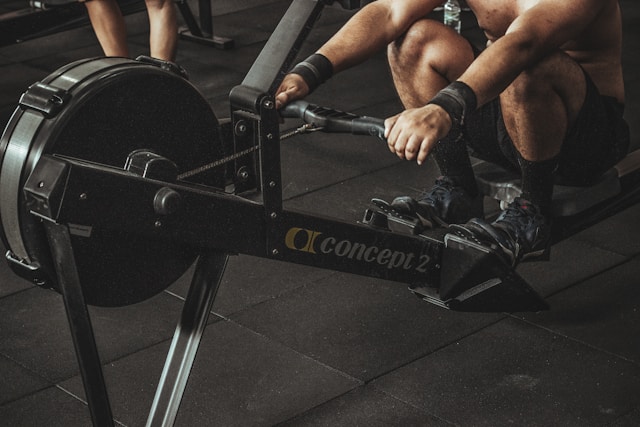
To maximize your budget and space, consider investing in multi-functional equipment that can be used for various exercises.
Adjustable Bench: An adjustable bench allows you to perform a wide range of exercises, including bench presses, step-ups, and seated movements. Look for a bench that can be adjusted to different angles to increase its versatility.
Pull-Up Bar: A pull-up bar is a simple and cost-effective tool for upper body exercises. It can be installed in a doorway or mounted on a wall, allowing you to perform pull-ups, chin-ups, and hanging leg raises.
Power Rack: If you have the space and budget, a power rack is a valuable investment for strength training. It allows you to safely perform squats, bench presses, and overhead presses. Some power racks come with attachments for pull-ups and dips, adding to their functionality.
Suspension Trainer: A suspension trainer, such as TRX, uses your body weight for resistance and can be anchored to a door, ceiling, or tree. It’s portable and versatile, offering a full-body workout with minimal equipment.
4. Shop Smart and Save Money
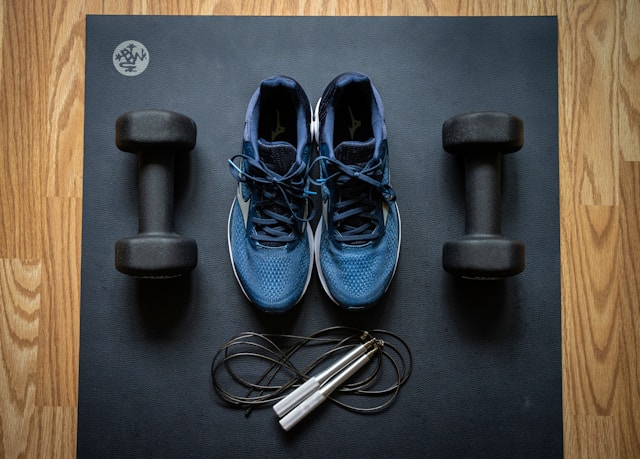
Building a home gym on a budget requires smart shopping and resourcefulness.
Buy Second-Hand: Consider purchasing used equipment from online marketplaces, garage sales, or local classifieds. Many people sell gently used fitness equipment at a fraction of the retail price. Ensure that the equipment is in good condition before purchasing.
Look for Sales and Discounts: Keep an eye out for sales, discounts, and clearance events at sporting goods stores, fitness equipment retailers, and online shops. Sign up for newsletters or follow brands on social media to stay informed about promotions.
DIY Solutions: For those who enjoy DIY projects, consider making your own equipment. For example, you can create a sandbag using a heavy-duty bag filled with sand or make a medicine ball by filling an old basketball with sand and sealing it. DIY equipment can be a cost-effective way to add variety to your home gym.
Consider Budget-Friendly Brands: There are many budget-friendly brands that offer quality fitness equipment at lower prices. Do some research and read reviews to find reputable brands that offer good value for money.
5. Optimize Your Home Gym Space
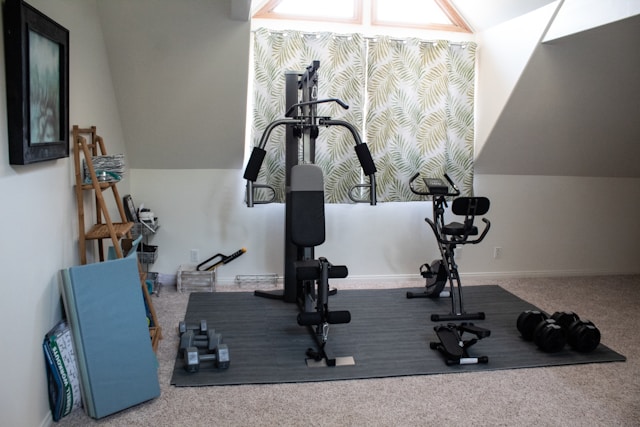
Creating an efficient and motivating workout environment is key to staying committed to your fitness routine.
Organize Your Space: Keep your equipment organized and accessible. Use storage solutions like shelves, racks, or bins to store smaller items like dumbbells, resistance bands, and jump ropes. If you have limited space, consider equipment that can be easily folded or stored away when not in use.
Enhance the Atmosphere: Creating a motivating workout environment can boost your motivation and consistency. Add mirrors to check your form, install adequate lighting, and consider adding a speaker or TV to play music or workout videos. Personalize your space with motivational posters or wall art.
Flooring Considerations: If you’re setting up your gym in a space with hard flooring, consider adding rubber mats or foam tiles. This will protect your floors from damage and provide cushioning for your joints during high-impact exercises.
6. Incorporate Bodyweight Exercises
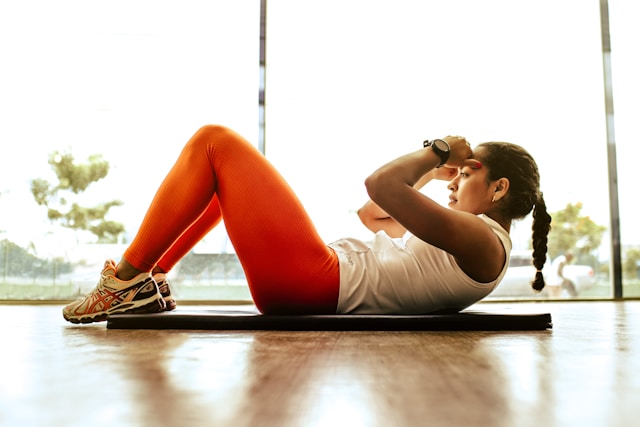
Bodyweight exercises are a cost-effective way to build strength, improve flexibility, and increase endurance. They require no equipment and can be done anywhere, making them a great addition to your home gym routine.
Push-Ups: Push-ups are a classic bodyweight exercise that targets the chest, shoulders, triceps, and core. They can be modified to suit different fitness levels by performing them on your knees, elevating your hands, or adding variations like diamond push-ups or decline push-ups.
Squats: Squats are an effective lower-body exercise that targets the quadriceps, hamstrings, glutes, and calves. Bodyweight squats can be performed anywhere and can be modified by adding jumps, pulses, or holding weights for added resistance.
Lunges: Lunges work the legs and glutes while also engaging the core for stability. They can be performed in various directions (forward, reverse, lateral) and can be intensified by adding weights or performing plyometric lunges.
Planks: Planks are an excellent core exercise that also strengthens the shoulders, back, and glutes. Variations like side planks, plank jacks, or plank-to-push-up transitions can add challenge and variety.
Burpees: Burpees are a full-body exercise that combines strength and cardio. They are intense and effective, making them a great addition to a high-intensity interval training (HIIT) routine.
7. Plan Your Workouts
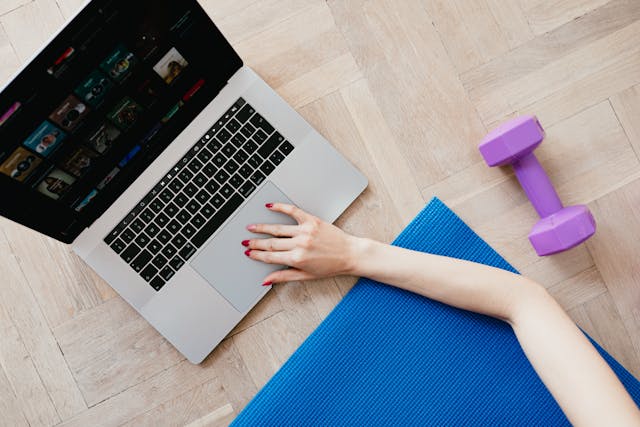
Having a structured workout plan can help you stay consistent and make the most of your home gym setup.
Create a Routine: Design a workout routine that aligns with your fitness goals. Include a mix of strength training, cardio, and flexibility exercises. Plan your workouts for the week, incorporating different muscle groups and varying intensity levels to prevent plateaus.
Use Online Resources: There are countless free resources available online, including workout videos, fitness blogs, and mobile apps. These resources can provide guidance, motivation, and variety in your workouts. Look for reputable sources that offer safe and effective routines.
Track Your Progress: Keep a workout journal or use a fitness app to track your progress. Recording your workouts, sets, reps, and weights can help you stay motivated and see your improvements over time.
8. Stay Motivated and Consistent

Maintaining motivation can be challenging, especially when working out at home. Here are some strategies to stay on track:
Set Realistic Goals: Set short-term and long-term fitness goals that are specific, measurable, and achievable. Break your goals into smaller milestones and celebrate your progress along the way.
Find a Workout Buddy: If possible, find a workout partner who can join you in your home gym or virtually through video calls. Having a workout buddy can increase accountability, make workouts more enjoyable, and provide mutual encouragement.
Mix Up Your Routine: Avoid monotony by varying your workouts. Try new exercises, change your workout intensity, or follow different workout plans. Keeping your routine fresh can prevent boredom and help you stay engaged.
Reward Yourself: Set up a reward system for achieving your fitness goals. Treat yourself to something you enjoy, whether it’s a new piece of workout gear, a healthy meal, or a relaxing day off.
Conclusion
Building a home gym on a budget is not only feasible but also rewarding. By prioritizing essential and multi-functional equipment, shopping smart, optimizing your space, and incorporating bodyweight exercises, you can create a cost-effective home gym that meets your fitness needs. With careful planning and consistent effort, your home gym can become a convenient and motivating space that supports your health and fitness journey. Remember, the key to success is consistency, so stay committed to your routine and enjoy the benefits of working out from the comfort of your own home.

